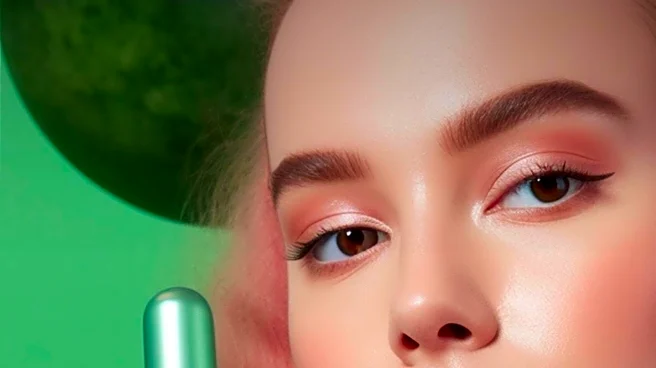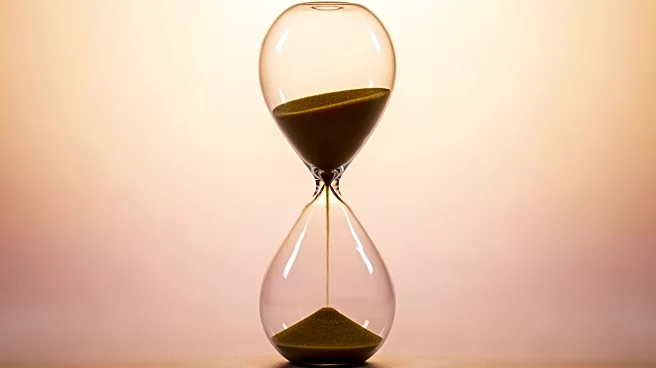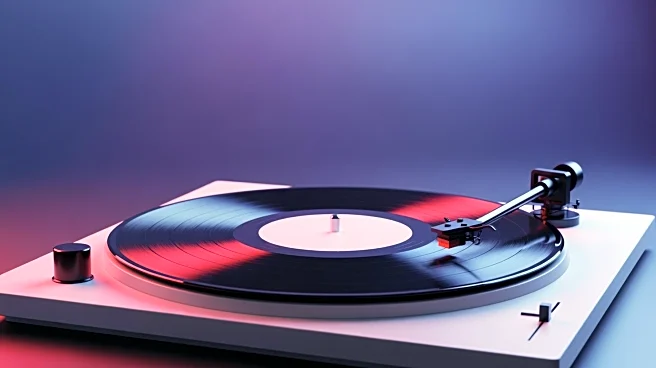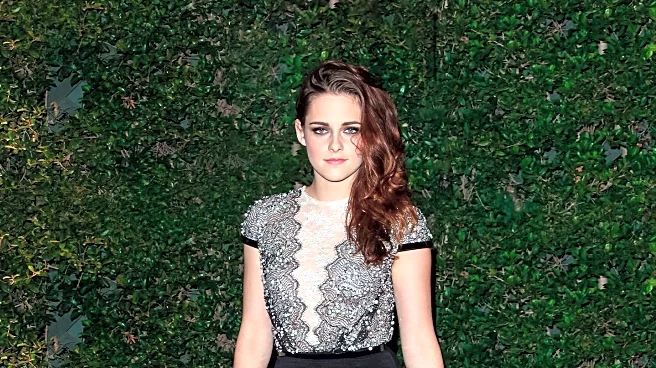What's Happening?
Rosalía, the renowned singer, has been making waves with her latest hair trend—a bleached halo. This distinctive look was crafted by hairstylist Evanie Frausto, who has collaborated with Rosalía since
their first meeting on a Vogue Italia shoot in 2022. The halo, which complements the spiritual vibe of Rosalía's fourth studio album 'Lux', is achieved by free-handing 40 volume bleach in a circular pattern around the crown of her head. Frausto emphasizes the importance of mixing the bleach to a thick consistency to prevent it from running, ensuring the perfect shade of golden blonde. This hair design is part of a series of heavenly looks that Rosalía has been showcasing while promoting her album.
Why It's Important?
Rosalía's hair halo is more than just a fashion statement; it reflects a growing trend in the beauty industry where personal expression and artistic creativity are celebrated. This trend highlights the intersection of music, fashion, and personal identity, offering fans a deeper connection to the artist's work. By incorporating spiritual elements into her style, Rosalía not only sets herself apart in the music industry but also influences beauty standards and trends. This could inspire other artists and individuals to explore unique and personal expressions of style, potentially leading to a broader acceptance of diverse beauty norms.
What's Next?
As Rosalía continues to promote her album 'Lux', it is likely that her unique style choices will continue to garner attention and inspire fans and fashion enthusiasts alike. The success of her hair halo could lead to more collaborations between artists and stylists, pushing the boundaries of traditional beauty standards. Additionally, as the trend gains popularity, beauty brands might develop new products to cater to similar creative hair designs, further influencing the beauty market.
Beyond the Headlines
Rosalía's choice to incorporate a halo into her hairstyle also touches on cultural and spiritual themes, potentially sparking conversations about the role of spirituality in modern art and fashion. This could lead to a broader exploration of how cultural symbols are adapted and reinterpreted in contemporary settings, influencing both artistic expression and consumer behavior.











